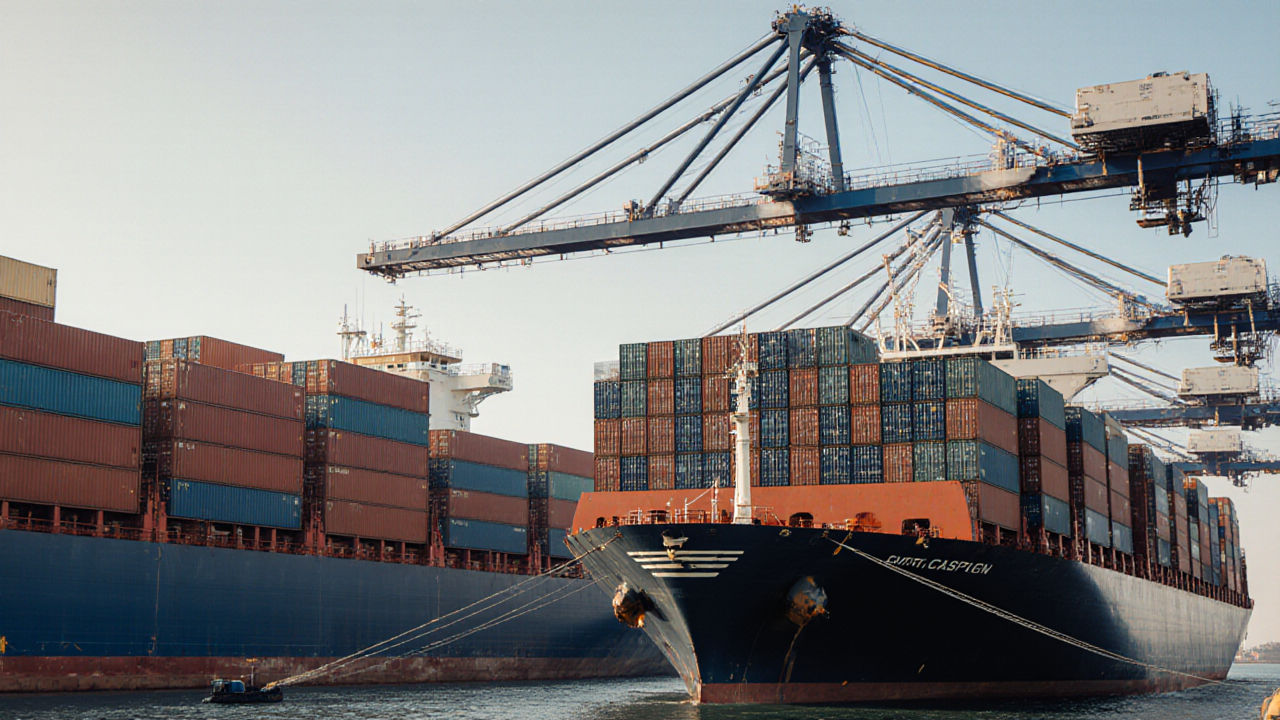
The looming threat of [sanctions](https://www.reedsmith.com/en/perspectives/from-a2b-decoding-the-global-supply-chain/2024/12/navigating-sanctions-their-impact-on-global-supply-chains "Navigating sanctions: Their impact on global supply chains | From A2B: Decoding the global supply chain | Perspectives | Reed Smith LLP") has moved from a distant policy concern to a tangible risk that could ripple through every link of the global supply chain. When a leading logistics provider faced a sudden embargo on a key port, its network experienced a 30% increase in transit times and a 15% rise in operating costs within weeks. This disruption highlighted how quickly geopolitical decisions can erode the efficiency gains that modern supply chains have built over the past decade.
Why This Matters for Your Supply Chain
The upcoming International Maritime Organization summit is set to review new regulations that could tighten compliance requirements across the shipping industry. For senior operations leaders, this means that the regulatory environment will not only dictate cargo handling and environmental standards but also shape the very architecture of logistics networks. The stakes are high: companies that fail to adapt risk losing market share to competitors who can navigate the new rules with agility and foresight.
What Supply Chain Leaders Are Doing About It
Organizations are turning to data‑driven decision making to anticipate and mitigate the impact of sanctions. AI‑powered analytics can forecast the probability of a port closure and suggest alternative routing options in real time, reducing downtime by up to 25%. By integrating these tools into existing planning systems, leaders are creating hybrid decision frameworks that blend human judgment with machine precision, ensuring that contingency plans are both robust and responsive.
The Real Impact on Operations
Sanctions can create bottlenecks that cascade across the entire network, from raw material sourcing to last‑mile delivery. When a single hub is compromised, inventory buffers must swell to maintain service levels, which inflates capital tied up in stock. Moreover, the need for additional compliance checks introduces new administrative overhead, driving up labor costs and extending lead times. These factors collectively erode margins and diminish the competitive advantage that logistics providers have cultivated through lean, technology‑enabled operations.
Strategic Recommendations for Resilience
To safeguard against future disruptions, supply chain executives should adopt a multi‑layered approach. Diversifying the supplier base across geopolitical regions reduces exposure to any single country’s risk. Enhancing real‑time visibility through IoT sensors and blockchain‑based tracking enables rapid rerouting decisions when a node becomes unavailable. Scenario planning, powered by simulation models, can quantify the financial impact of various sanction scenarios, allowing leaders to prioritize investments in resilience. Automation of compliance documentation reduces human error and speeds up clearance processes, while a strong environmental, social, and governance (ESG) posture aligns operations with the evolving expectations of regulators and consumers alike.
Key Actions for Supply Chain Leaders
Diversify supplier base across multiple regions
Enhance real‑time visibility with IoT and blockchain
Adopt scenario planning and simulation tools
Invest in automation for compliance and documentation
Strengthen ESG compliance to meet regulatory and market demands
By embedding these practices into their strategic roadmap, supply chain professionals can transform a geopolitical threat into an opportunity to reinforce operational excellence, drive innovation, and secure long‑term sustainability in an increasingly complex global market.
Loading comments...